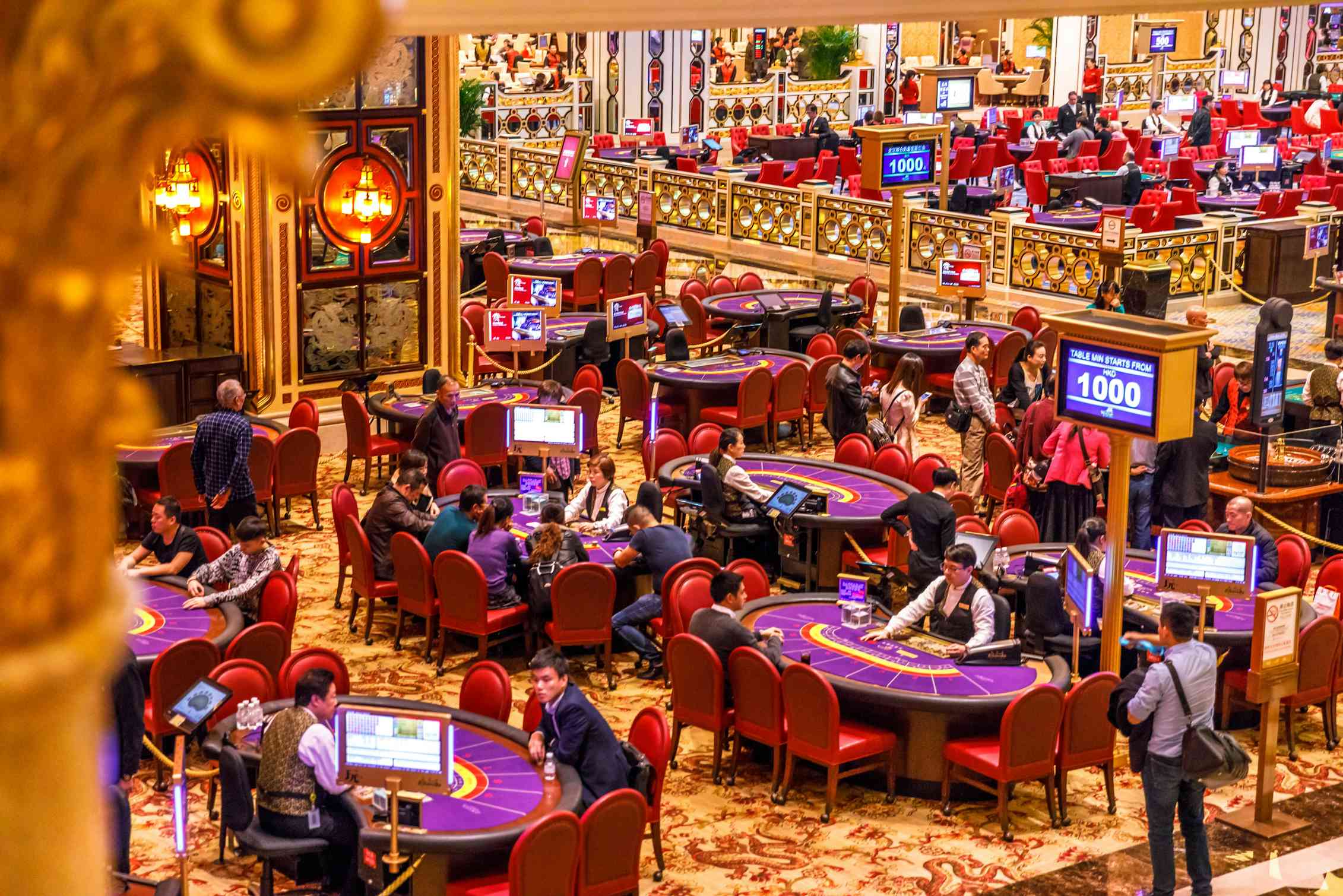From Reels to Reality: The Fascination with Slots

Slot gambling has fascinated players for decades, combining luck and entertainment in a colorful manner. From the initial mechanical one-armed bandits to the modern digital machines of today, the evolution of slot machines shows not only improvements in tech but also shifting social dynamics around gambling. The thrill of turning the reels and the excitement of a potential win draw millions to gambling establishments around the world, making slot machines a key element of gambling culture.
The allure of these games goes beyond mere luck; they present immersive experiences laden with themes, sounds, and visuals that enhance the overall enjoyment. Whether playing in a lively casino or from the comfort of home, the excitement of slot gambling remains a common thread uniting players across different backgrounds. This fascination continues to grow, fueling discussions around tactics, psychology, and the effect of gambling on society, as enthusiasts seek not only fortune but also a sense of community in their gameplay.
The History of Slot Machines
The origins of slot machines can be traced back to the late 19th century when an inventor named Charles Fey created the first true slot machine known as the Liberty Bell. This machine featured three spinning reels and five symbols, including horseshoes and the famous Liberty Bell, which created the standard for upcoming designs. Fey's invention quickly caught on in saloons and bars, offering patrons a chance to win small amounts of cash, making it a popular form of entertainment for many.
As the rise in popularity of slot machines grew in the early 20th century, they began to change. The introduction of electrical components brought about the "fruit machine", which featured images of fruits such as cherries, lemons, and more, further boosting the allure of the game. With these improvements, slot machines transitioned from simple mechanical devices to more intricate machines that offered a variety of gameplay options and bonus features, attracting a larger audience and becoming commonplace in casinos.
The mid-20th century marked a significant turning point for slot machines with the emergence of computerized systems. The first fully automatic machine debuted in the 1960s, paving the way for video slots, which featured digital screens and elaborate graphics. This innovation expanded the potential for artistry in design and gameplay, ultimately leading to the wide array of slot machines found today in casinos around the world. As slot gambling continued to become increasingly popular globally, regulations also changed, affecting how these machines are made and run in the gaming industry.
How Slots Work
Slot machines operate based on a combination of mechanical and electronic systems created to create arbitrary outcomes. At the heart of a traditional slot are physical reels that rotate when the player tugs a lever or presses a button. Modern video slots have substituted these physical reels with images displayed on a screen, but the underlying principle stays the same: generating random numbers that decide where the symbols land on the reels. scatter hitam mahjong
The randomness is achieved through a RNG, or random number generator, which constantly generates numbers even when the device is not being used. When a player activates the machine, the RNG halts at a specific number, correlating to a set of icons on the screen. This ensures that each spin is unrelated of the last, providing equitable odds and preserving the thrill of guesswork that draws players to slot gambling.
In addition to basic paylines, many contemporary slot machines feature advanced game mechanics, including reward rounds, increasing jackpots, and joker or bonus symbols. These features add layers of strategy and interaction, encouraging players to interact with the device aside from just the basic spinning of reels. This dynamic ecosystem keeps slot gambling fresh and appealing, serving to a wide range of tastes and gaming styles.
The Psychology of Gambling
The allure of slot gambling often lies in its ability to evoke a range of emotions, tapping into the thrill of risk versus reward. Players experience a rush of adrenaline as they pull the handle or press the button, fueled by a combination of anticipation and hope. This volatility can lead to a intensified state of excitement, making the experience addictive for many. The near-miss phenomenon, where players come near to hitting a jackpot, triggers a surge of dopamine that reinforces the desire to keep playing, often despite substantial financial losses.
Social elements also play a critical role in the psychology of slot gambling. Many casinos create an engaging environment that encourages friendship among players, fostering a sense of community. The common experience of playing together can enhance enjoyment, leading to extended gaming sessions. Furthermore, promotions and loyalty rewards make the decision to come back to the slots feel more justified, as players believe they are part of an elite group, thereby amplifying their dedication to spending money on the machines.
Lastly, the way slot machines are designed influences player engagement at a mental level. Features like vivid lights, engaging sounds, and captivating themes create an atmosphere of excitement and diversion. This sensory overload can make it difficult for players to gauge time spent and money lost, prompting them to keep playing. By understanding these psychological mechanisms, it becomes clear why slot gambling continues to intrigue so many people, drawing them into a world that blends the boundary between entertainment and obsession.
